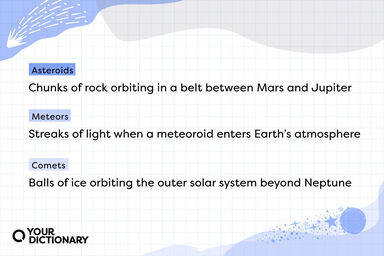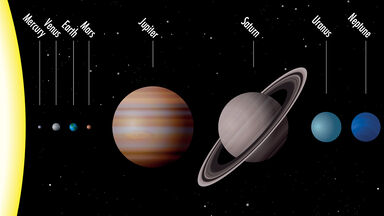In 1954, the first solar cell able to convert enough of the sun's power so as to run electrical equipment was developed.
The flow of electrons inside a solar cell is created when the electrons are jolted by an influx of energy (sunlight), and are knocked loose from the semi-conductor.
It was in the 1970s, during another energy crisis, that a less expensive solar cell was developed, making solar power more realistic for navigation systems, railroad crossings and other areas far off the grid.
However, as semiconductor technologies advance, and as scientists come up with additional unique methods of boosting solar cell efficiency, a world powered mostly by the sun's energy is quickly becoming a very real possibility.
Light is absorbed through the face of the watch by a solar cell beneath the face, which changes the light into energy that is then stored in a rechargeable lithium-ion battery.





